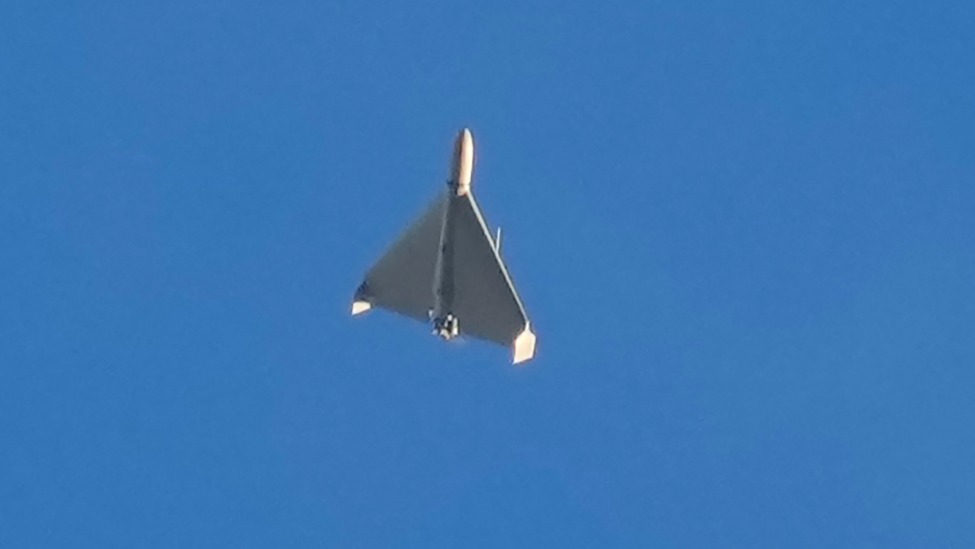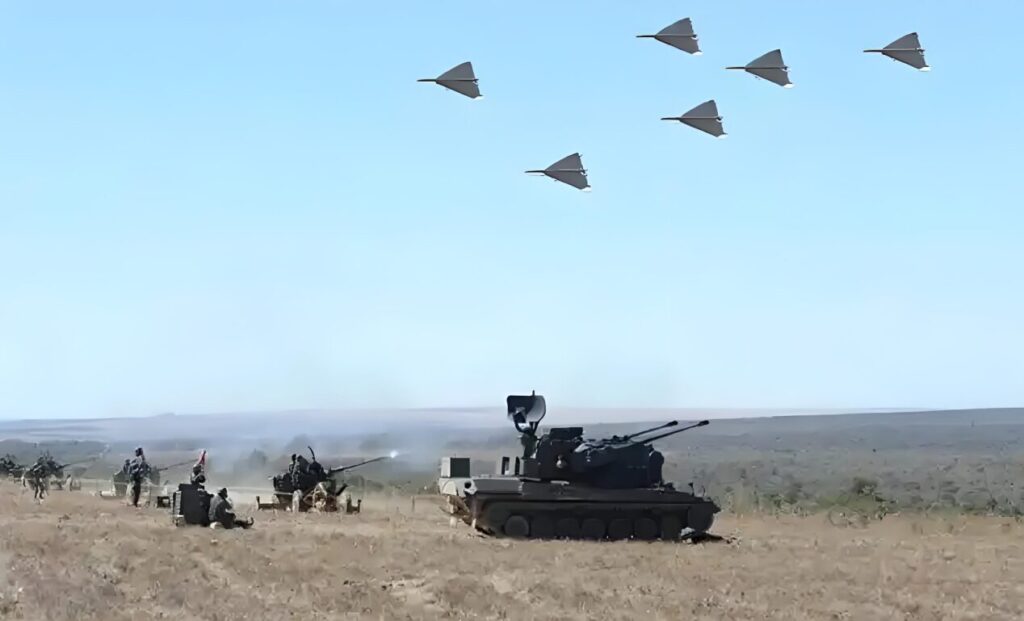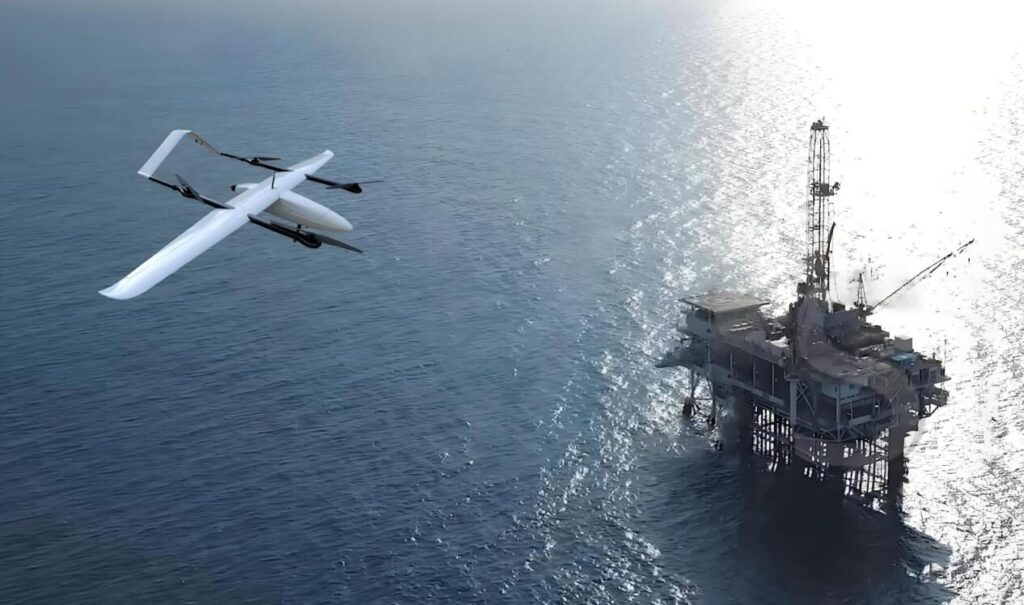In modern military operations, rapid intelligence acquisition, precision strikes, and real-time battlefield monitoring are pivotal to success. Delta-wing drones, with their aerodynamic efficiency, long endurance, and high maneuverability, are becoming indispensable assets for situational awareness and tactical support. From high-altitude reconnaissance to target designation, these drones are redefining the logic of aerial warfare through their operational versatility.
Aerodynamic Design: Balancing Speed and Endurance
The delta-wing configuration offers distinct advantages:
High Lift-to-Drag Ratio: Reduced air resistance enables high-speed flight and extended mission ranges, far exceeding those of multirotor drones.
Robust Stability: Large wingspans and rigid airframes ensure steady performance in high winds or turbulent conditions.
Enhanced Stealth: Low radar cross-section (RCS) and high-altitude operations minimize detection risks.
These features make delta-wing drones ideal for wide-area surveillance and prolonged monitoring missions.

Core Battlefield Applications
Broad-Area Reconnaissance
Capable of patrolling conflict zones for hours to days, these drones map enemy troop deployments, fortifications, and supply lines, providing commanders with comprehensive situational awareness.
Target Acquisition and Guidance
Using electro-optical/infrared (EO/IR) sensors, they identify high-value targets (e.g., missile launchers, command centers) and relay real-time coordinates to strike units.
Communication Relay and Electronic Warfare
They establish temporary communication networks in contested electromagnetic environments or deploy jamming systems to disrupt enemy radars and signals.
Battle Damage Assessment (BDA)
Post-strike, drones swiftly survey target areas with high-resolution imaging, evaluating attack effectiveness to inform follow-up operations.
Tactical Value: Enhancing Efficiency and Safety
Delta-wing drones significantly improve operational outcomes:
Reduced Personnel Risk: Replace manned reconnaissance aircraft in high-threat zones, eliminating pilot exposure.
Shortened Kill Chain: Compress the timeline from target detection to engagement to minutes.
Cost Efficiency: Mission costs are a fraction of manned systems, with reusable deployment capabilities.
Their endurance also enables continuous monitoring of dynamic battlefields, aiding commanders in predicting enemy tactics.
Future Evolution: Intelligence and Multi-Role Capabilities
Technological advancements will drive two key upgrades:
AI-Driven Autonomy: Machine learning algorithms will optimize flight paths and target recognition, minimizing human intervention.
Modular Payload Integration: Compatibility with electronic warfare pods, communication enhancers, or compact weapon systems will enable multi-role versatility.
Military analysts suggest that future delta-wing drone swarms, with their speed, endurance, and collaborative intelligence, could serve as critical nodes in distributed combat networks.

Perspective
The deployment of Delta-wing drones demonstrates the profound impact of modern military technology on battlefield dynamics. Their unique flight performance and multi-mission capabilities offer new possibilities for battlefield reconnaissance, target designation, and tactical support. As technology continues to advance, the potential of these drones in areas such as autonomy and coordinated operations will be further unlocked, paving the way for innovative applications in future military operations.
In the ever-changing battlefield environment, the long endurance, high maneuverability, and adaptability of Delta-wing drones make them indispensable tools for enhancing operational effectiveness. Whether serving as reconnaissance platforms or tactical nodes, these systems continue to broaden the scope of unmanned technologies in modern warfare.


